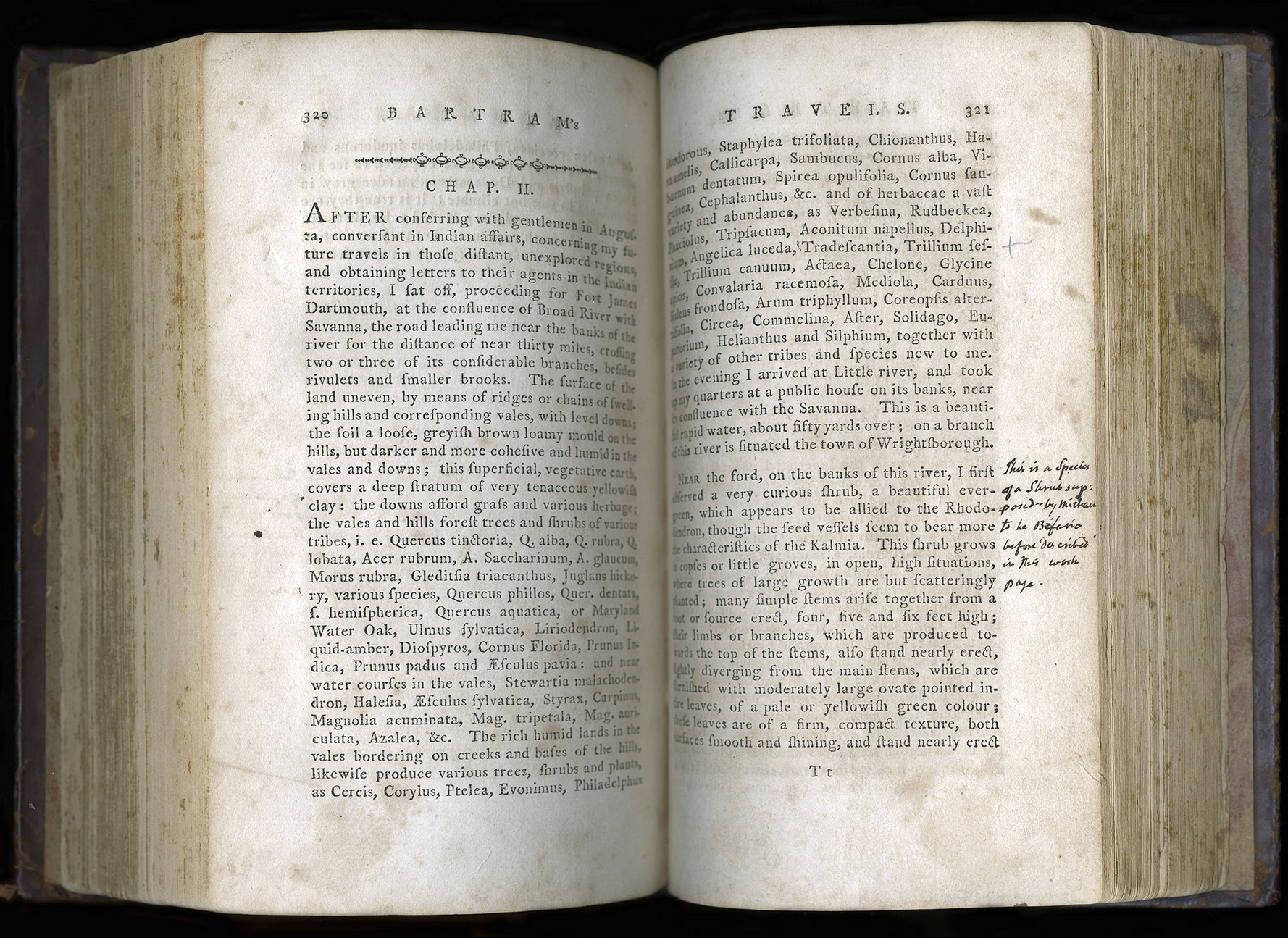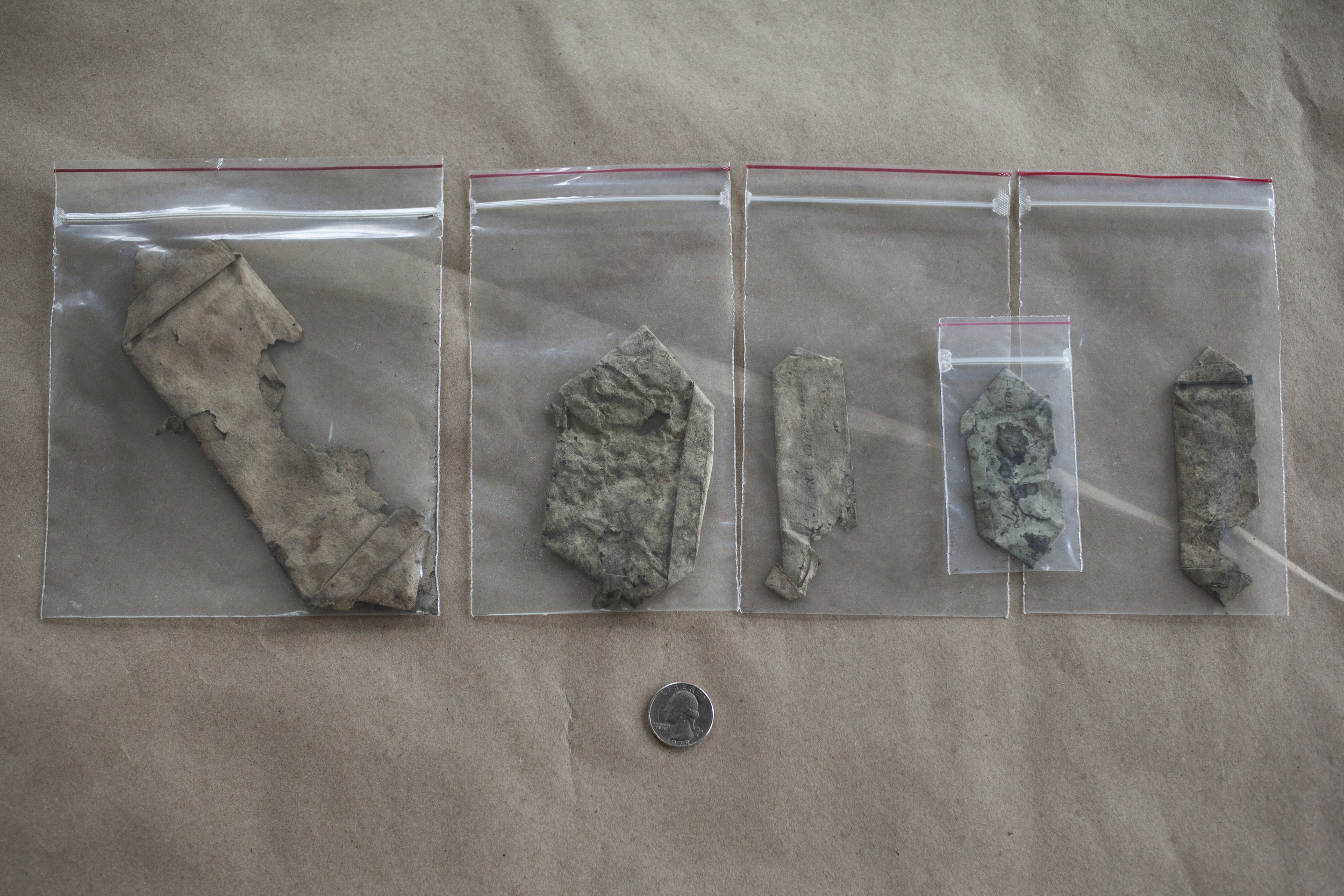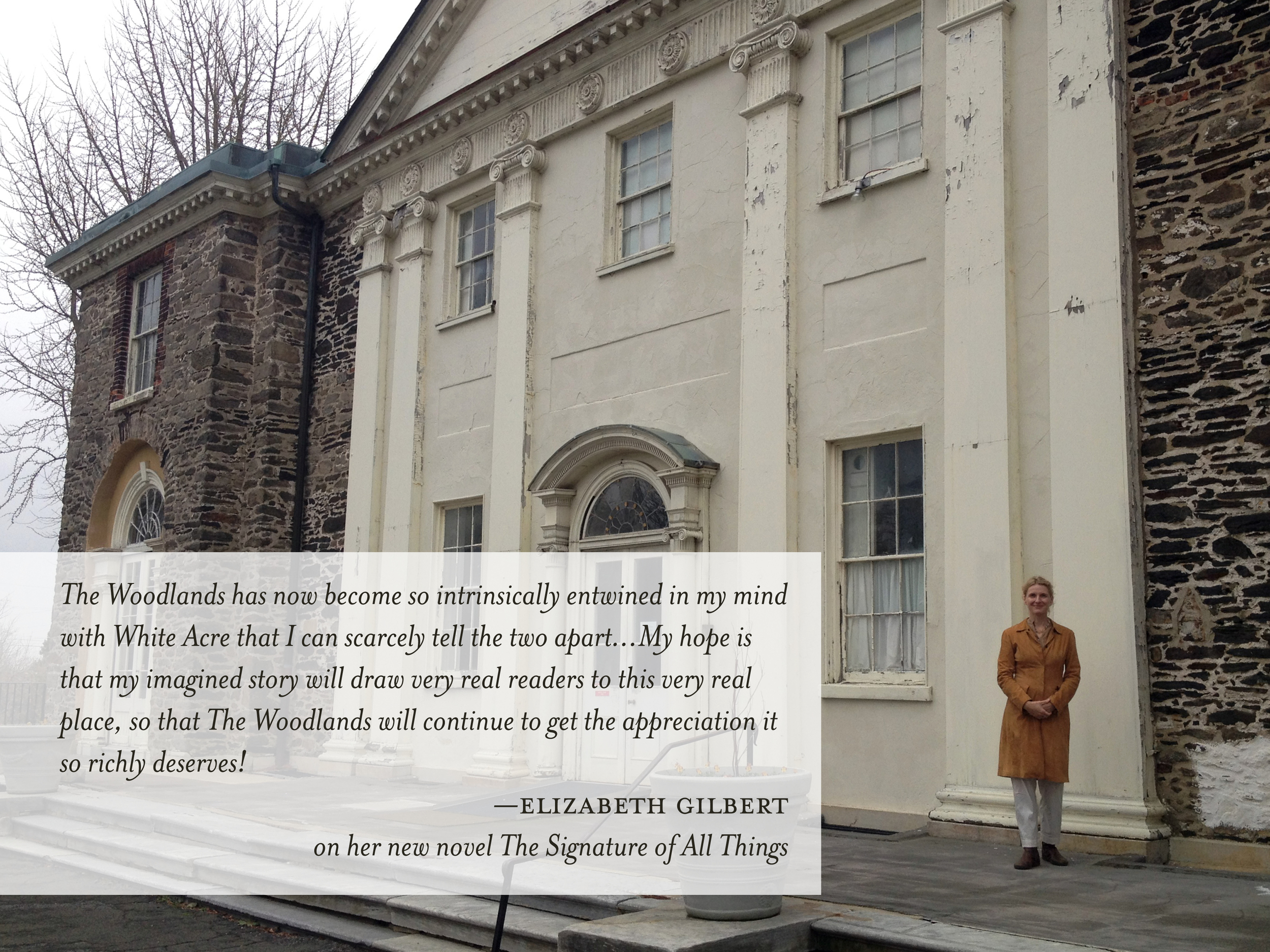Seeds and bulbs and plants, oh my! During the mid-19th century, all needs for the hobbyist gardener and botanist alike could be fulfilled by Henry A. Dreer, Inc., one of the premiere seed and florist stores in Philadelphia at the time. Henry Dreer first opened his business at just 20 years old in a modest storefront at 97 Chestnut Street.[1] Business bloomed rather quickly and by the end of the following year he expanded his operations to include nurseries in six small greenhouses within The Woodlands; grounds already rich in horticultural history. Prior to The Woodlands Cemetery Company’s acquisition of the land in 1840, the grounds belonged to William Hamilton, avid amateur botanist and well-connected plant collector of the 18th century. Hamilton’s network included the likes of William Bartram and Thomas Jefferson, with whom he would exchange letters, plants, and seeds to introduce on his estate and cultivate in his greenhouse. His estate radiated proper English influence and style, from the picturesque landscape design with winding paths towards the mansion, to the exotic plant species introduced on American soil and the fashionable Victorian cradle graves overflowing with their new beauty. It seemed like a natural fit for Dreer to choose to expand his business to grounds with such a renowned horticultural heritage. Like Hamilton before him, Dreer would collect new species, conduct experiments, demonstrate his techniques, and manage his inventory in gardens and greenhouses on site. In 1850, the business needed to expand again due to increased local popularity and the successful distribution of seed, plant, and bulb catalogs throughout the country, so Dreer moved his work to multiple properties on Chestnut Street.[2]
Dreer was one of first in the seed packet and bulb catalog industry to print in color, introduced on a yearly publication of his in 1865. The catalog featured a six-color illustration, accomplished by a woodcutting process. In the following decades, the company’s marketing portfolio flourished into a yearly Garden Calendar as well as quarterly publications that presented the best flowers and tools of the season. “Novelties” were the newest and more popular plant types curated by the company and accommodating to gardens both professional and personal. Hardy perennials were a staple product of Dreer, Inc,. as well, sourced domestically and internationally for yearly enjoyment. Beautiful illustrations of seasonal blooms were advertised on the front and back covers, giving readers the opportunity to acquire the most popular flowers for their garden as part of a promotional package deal. Within each publication was an order sheet for distant customers to place their orders by mail. Deliveries were offered to any post office in the United States, and Canada too, for twice the postage amount. The cheapest delivery option was to be sent by Express or Rail at the customer’s expense, especially within a 25 mile radius of Philadelphia.
The floral diversity and vibrant illustrations of Dreer’s catalogs only scratched the surface of the catalog’s options. Dreer Inc., also advertised domestic fruits, vegetables, and the proper tools needed for growing, extracting, maintaining, and displaying plant life. Also available were garden and farm implements such as sundries, insecticides, fertilizers, fungicides, and plant displays like jardinières, vases, bamboo woven baskets, and wooden plant stands. Finally, the back of the publication had an index for continued readings available for purchase, titled “Books on Horticultural & Kindred Subjects”. The frequent publications were truly a horticulturalist’s dream, providing the products for the curation, cultivation, and presentation of any picturesque garden.
Dreer died in Philadelphia on December 22, 1873, and was subsequently buried on The Woodlands Cemetery grounds. Despite Henry A. Dreer, Inc.’s move from The Woodlands in 1850, the Cemetery Company was very intentional about maintaining the many generations and layers of horticultural history that permeated the landscape. While converting the property into a burial ground, they were cautious of the existing landscape and conserved the naturally-growing species. These efforts largely continued into the 21st century and was recently reinvigorated by the formation of the Grave Gardeners volunteer program run by The Woodlands. Currently kicking off its fifth year, the Grave Gardeners program boasts over 150 volunteers who adopt and manage more than 200 cradle graves. Shaped by a headstone, footstone, and two low walls, cradle graves are the perfect planters for reintroduction of period-appropriate plants and creative gardening. These thoughtful volunteers from the community are stewards of the stories of those whom the cradle graves memorialize, as well as the figures that developed site’s horticultural legacy, like William Hamilton and Henry Dreer. To learn more about their work, please check out https://www.gravegardeners.org/
For additional information about Henry A. Dreer, Inc., domestic seed trade/catalogues, or the nursery industry in general, the Seed & Nursery Catalog at the Pennsylvania Horticultural Society is an incredible repository. Utilize the McLean Library, the nation’s oldest horticultural library at 100 N. 20th Street to discover over 15,000 books and DVDs on botany, urban gardening, Philadelphia floral companies, and much more! To get started, refer to the archival finding aids at http://digitalcollections.powerlibrary.org/cdm/landingpage/collection/spahs-acg, or check out the community greening efforts, winter programs, and membership opportunities at https://phsonline.org/
Written by: Nicole Felicetti
[1] The Joseph Downs Collection of Manuscripts and Printed Ephemera, “The Winterthur Library,” accessed February 18, 2020, http://findingaid.winterthur.org/html/HTML_Finding_Aids/doc0334.htm.
[2] “Dreer, Henry Augustus (1818-1873),” Smithsonian Libraries, accessed February 18, 2020, https://www.sil.si.edu/SILPublications/seeds/dreerhenry-a.html.








































